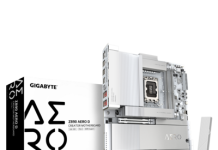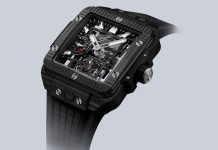We are using more electronic devices than ever, both at home and in the office. From PCs, laptops, monitors, voice assistant appliances to smartphone chargers, it is no wonder that power strips are commonly used to multiply the number of electrical outlets available.
The Dangers of a Power Surge
While the dangers of overloading a power point using power strips are known, a more insidious threat comes in the form of power surges. A power surge is a burst of power with a voltage that is higher than what electronic devices can handle. Unchecked, a power surge can result in damaged or destroyed hardware, which can amount to a lot when you consider the many devices plugged into a typical power outlet using power strips.
According to Pankaj Sharma of Schneider Electric, power surges are more common than is commonly believed. They can stem from a variety of causes such as lightning strikes, utility companies working on power lines or even the normal operation of household appliances, such as when heavy duty devices like the refrigerator or washing machine kick in.
In Singapore, many of the problems associated with utility poles and natural disaster simply don’t happen due to the use of underground power conduits and the absence of natural disasters. Still, it is worth remembering that Singapore is known as a lightning capital with 168 thunderstorm days per year. An untimely lightning strikes on an apartment block can certainly result in damaged electronics.

Choosing a Surge Protector
Fortunately, protecting against a power surge isn’t rocket science. The easiest way to defend against them is by using a dedicated surge protector, or a power strip that incorporates built-in surge protection capability. So how can you choose the right surge protector?
The first criteria to consider would probably be the level of surge absorption capabilities, which is measured in joules. The more powerful surge protector will ideally be paired with the most valuable (or expensive) devices, such as your new 65-inch LED TV or a desktop PC containing valuable work data.
Other features to look out for in a surge protector may be protection for ancillary devices such as data lines and USB ports. Master and control ports is another noteworthy feature, which is designed to automatically power off dependent devices such as an Xbox gaming console and soundbar to be switched off (Control ports) when a linked device such as the TV (master port) is switched off.
Finally, some companies such as APC by Schneider Electric even offer warranties and equipment protection policies. This means that you are protected should devices plugged into an APC surge protector suffers damage from a power surge.
When you consider the value of electronics in our homes and offices, the cost of a surge protector is a relatively investment that pays off over the long term. Of course, many Uninterruptible Power Supply (UPS) incorporates surge protection functionality, too, and may make more sense in some cases.
You may want to check out APC by Schneider Electric’s solutions page for information on surge protectors and other home power protection products here.








